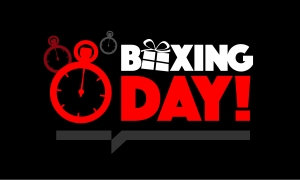Arming Your Blog With the 4 A’s

“Use the four A’s – Acronym, Analogy, Anecdote, Alliteration – to catch the reporter’s ear and help the reader remember what you said,” Janet Falk of Falk Communications and Research advises business professionals going to a conference.
Acronyms
While Sharif Khan, writing in the American Marketing Association’s Business Writing Tips for Professionals thinks readers might find company acronyms annoying, at Say It For You, our content writers use acronyms to add variety, presenting information to readers in a different way.
Analogies
Matching our writing to our intended audience is part of the challenge we business blog content writers face. Using an analogy to link an unfamiliar concept to something that is familiar can help the reader better comprehend what we’re trying to say. For example, blogging can be compared to a parhelion (an atmospheric optical illusion consisting of halos of light around the sun, showcasing rather than obliterating the shine). Approaching the same topic in different ways can help your content appeal to different audiences, still highlighting the central message.
Anecdotes
Stay alert for anecdotes about customers, employees, or friends who are doing interesting things or overcoming obstacles. Real-people stories of you, your people, and the people you serve are always a good idea in your business blog. Anecdotes and examples lend variety to the blog, even though the anecdotes are being used to reinforce the same few core ideas.
To demonstrate that you understand the problems the online searcher is dealing with, it can be highly effective to relate how you personally went through the same failure stages. Next best to the business owner or professional relating an “I” experience which drives their passion, is anecdotes and testimonials from employees, customers, or vendors..
Alliteration
Using alliteration (consonant repetition) and assonance (vowel repetition) in blog titles has the effect of making those titles more “catchy”. In a sense, readers’ are both seeing the repetition and “hearing it”. Making a subtle but strong impact on readers is is precisely the focus of our content work at Say It For You is all about.
Content writers, try arming your blog posts with the 4 A’s!





Follow us online!